As the seasons change and temperatures drop, protecting your garden from frost and cold weather becomes crucial to ensure the health and survival of your plants. Frost can damage or kill tender plants, while cold temperatures can slow down growth and affect overall plant health. In this article, we’ll share some effective strategies and tips to help you protect your garden from frost and cold weather and keep your plants thriving throughout the colder months.
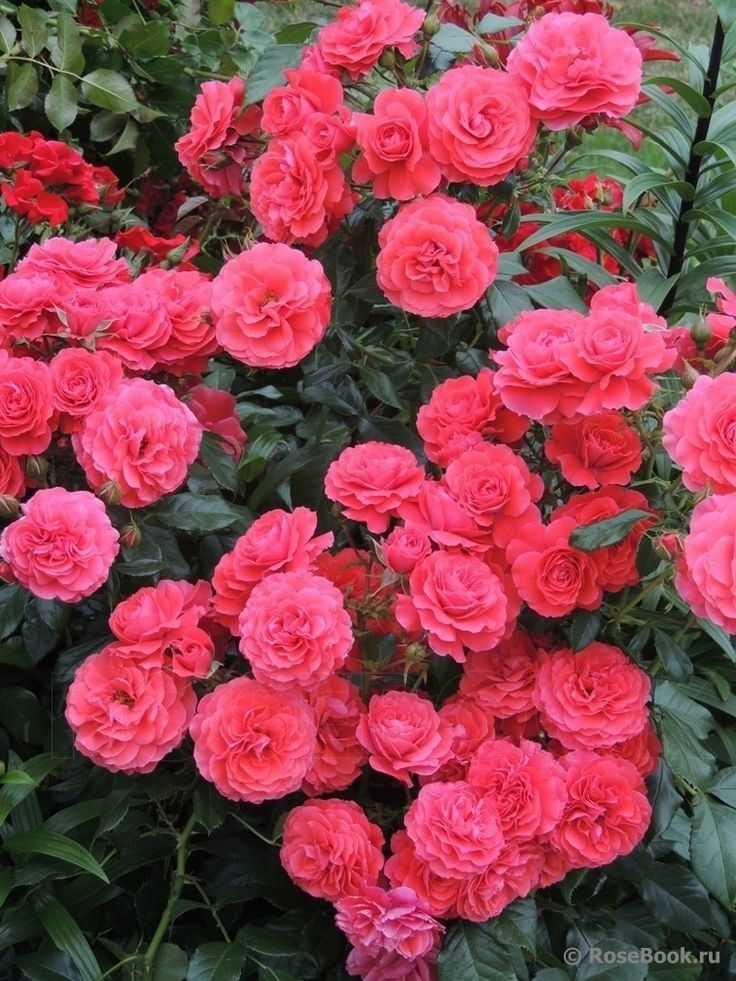

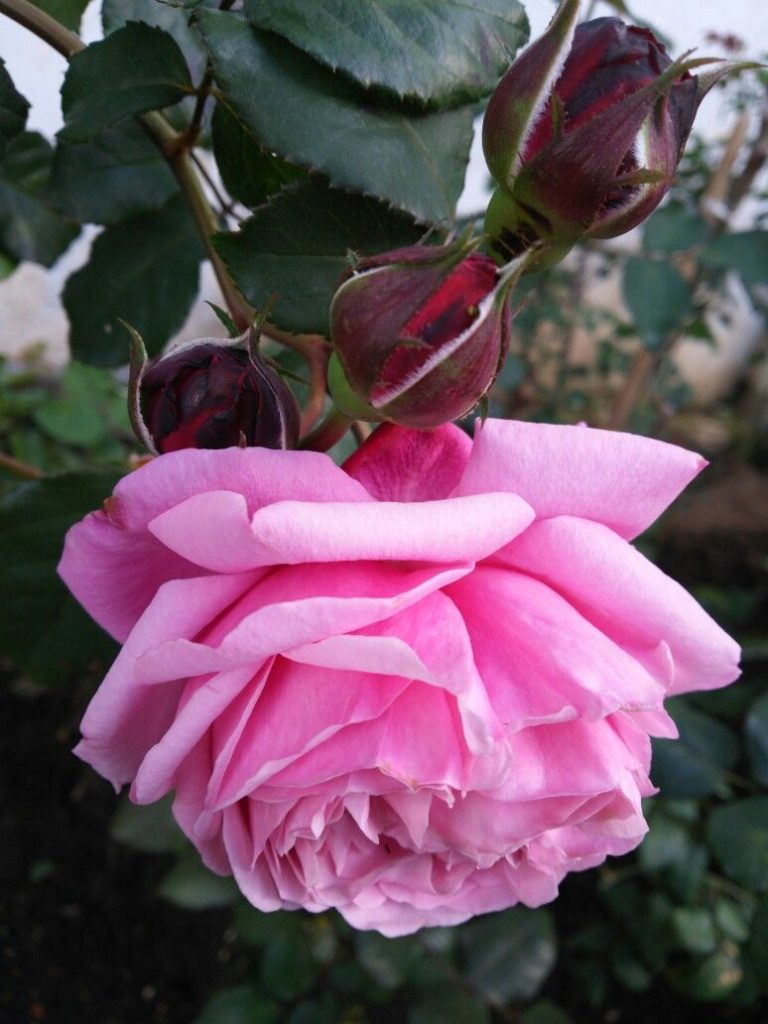
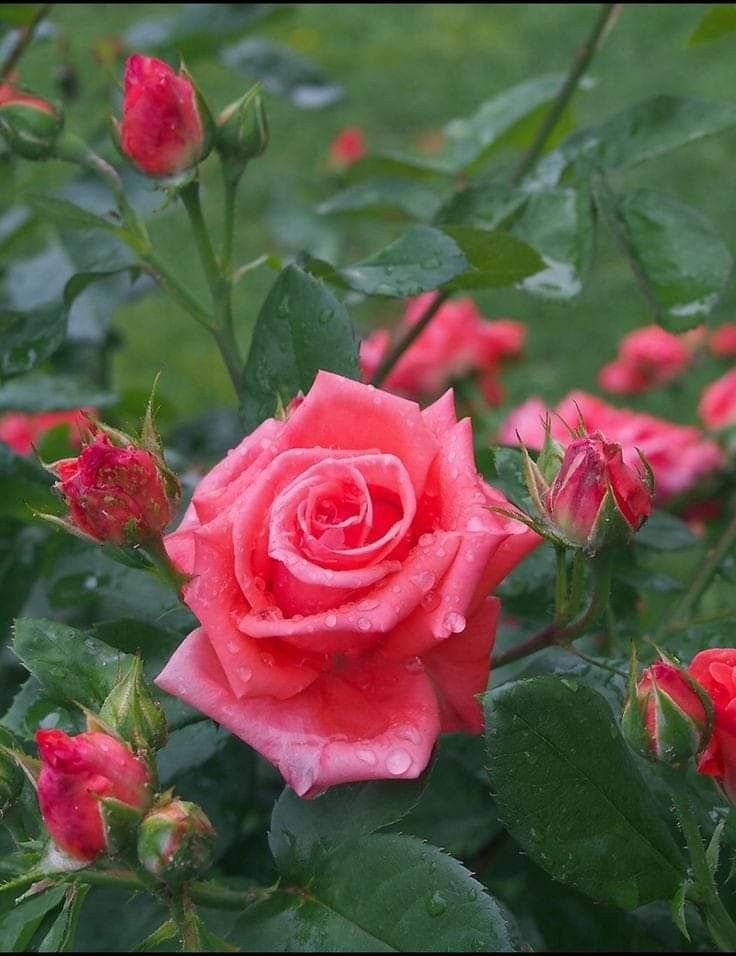
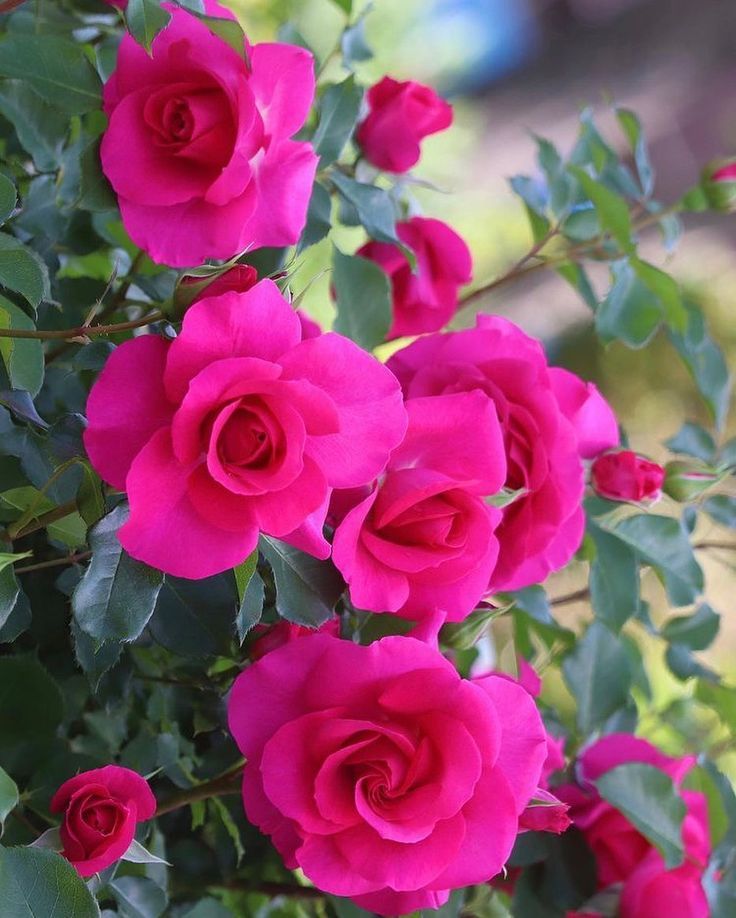
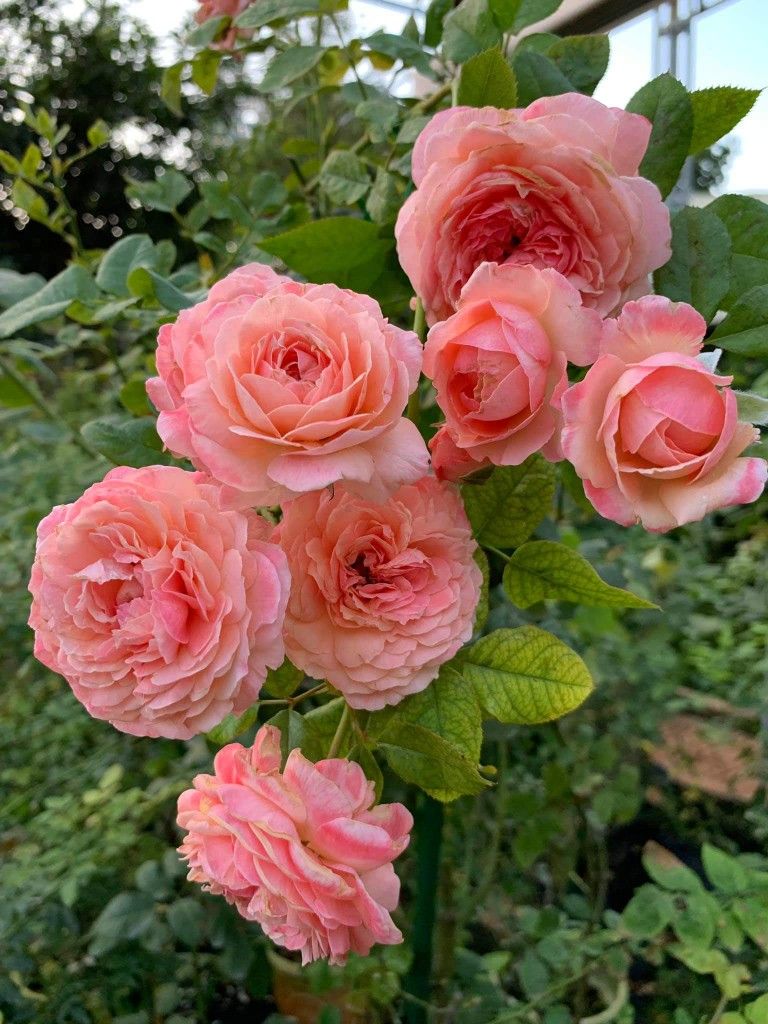

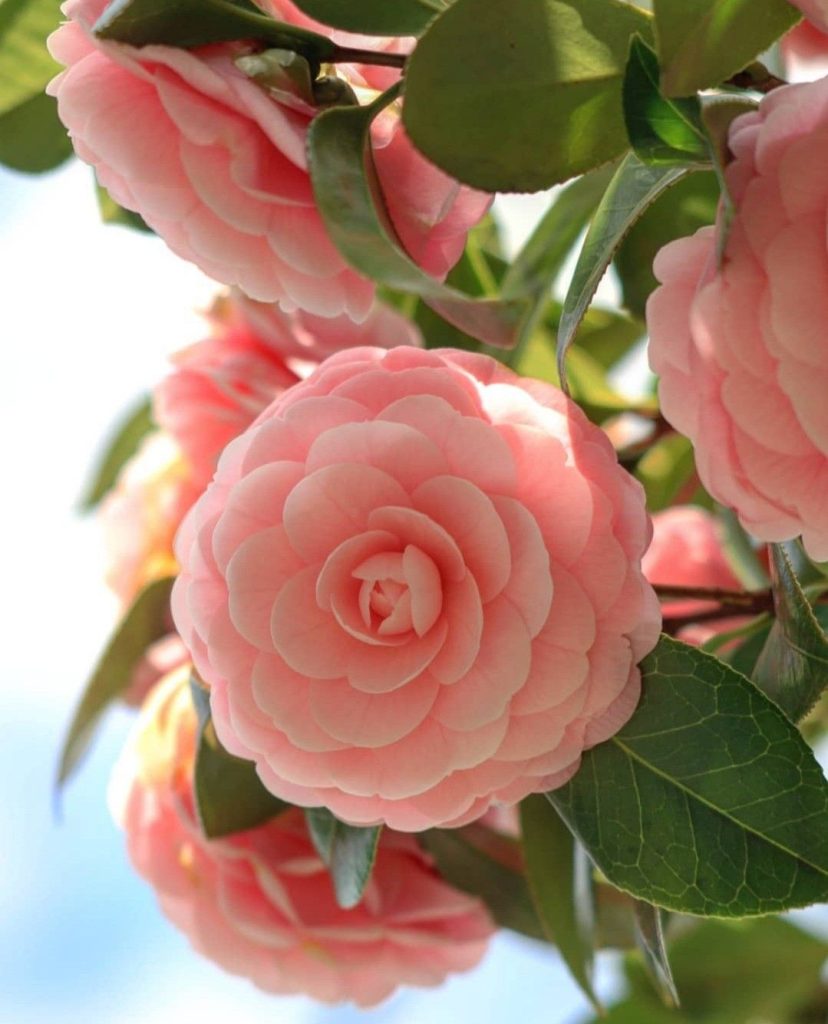

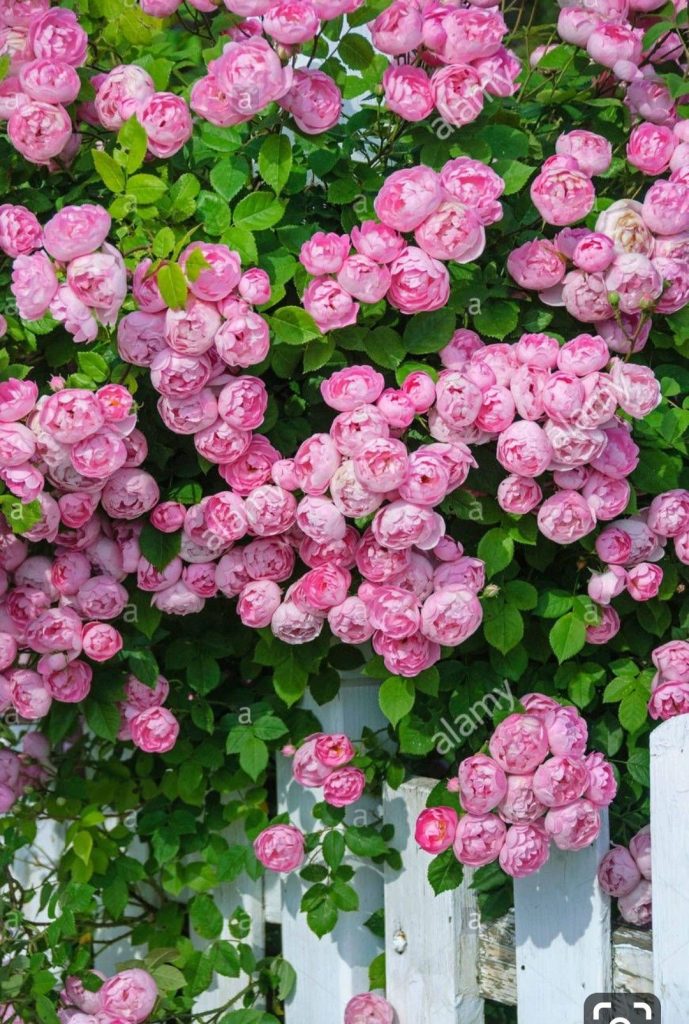
Understanding Frost and Cold Weather
Tip: Frost occurs when temperatures drop below freezing, causing ice crystals to form on plant surfaces. Cold weather can also affect plants by slowing down their growth and damaging cell structures. Understanding these factors is the first step in protecting your garden from frost and cold weather.
Monitor Weather Forecasts
Tip: Stay informed about upcoming weather conditions by regularly checking weather forecasts. Pay attention to frost warnings and cold temperature predictions, so you can take proactive measures to protect your garden.
Covering Plants
Frost Cloth and Blankets
Tip: Use frost cloth, blankets, or old bed sheets to cover tender plants before frost or cold weather hits. Secure the covers to the ground or pots to create a barrier that traps heat and protects plants from frost.
Plastic Sheeting and Row Covers
Tip: For added protection, you can use plastic sheeting or row covers to shield plants from frost and cold winds. Make sure to remove the covers during the day to allow sunlight and air circulation, and cover the plants again in the evening.
Mulching and Insulating Soil
Tip: Mulching around plants and insulating the soil can help regulate soil temperature and protect plant roots from freezing. Use organic mulches like straw, leaves, or wood chips to create a protective layer over the soil.
Watering Plants
Tip: Watering your plants before a frost or cold spell can help protect them by releasing heat as the water freezes. However, avoid overwatering, as waterlogged soil can lead to root rot and other problems. Water early in the day so that the plants have time to absorb the water before temperatures drop.
Moving Potted Plants Indoors
Tip: If you have potted plants, consider moving them indoors or to a sheltered location like a garage or shed during cold weather. This provides them with extra protection from frost and cold winds.
Cold Frames and Greenhouses
Tip: If you’re serious about extending the growing season and protecting your plants from frost and cold weather, consider investing in a cold frame or greenhouse. These structures provide a controlled environment where you can grow plants throughout the year.
Pruning and Winterizing
Tip: Before winter sets in, prune dead or damaged branches and clean up your garden to remove debris and potential hiding spots for pests. Winterizing your garden helps reduce the risk of disease and prepares your plants for the cold months ahead.
Conclusion
Protecting your garden from frost and cold weather requires planning, preparation, and proactive measures. By monitoring weather forecasts, covering plants, mulching and insulating soil, watering wisely, moving potted plants indoors, considering cold frames or greenhouses, and pruning and winterizing, you can help your garden survive and thrive during the colder months.
Remember, prevention is key when it comes to protecting your garden from frost and cold weather. Taking these steps to safeguard your plants can make a significant difference in their health and survival, allowing you to enjoy a beautiful and productive garden year-round.
So, roll up your sleeves, gather your protective materials, and get ready to give your garden the care and attention it needs to withstand frost and cold weather. With these tips and strategies, you’ll be well-equipped to protect your garden and ensure its success through the winter months and beyond!